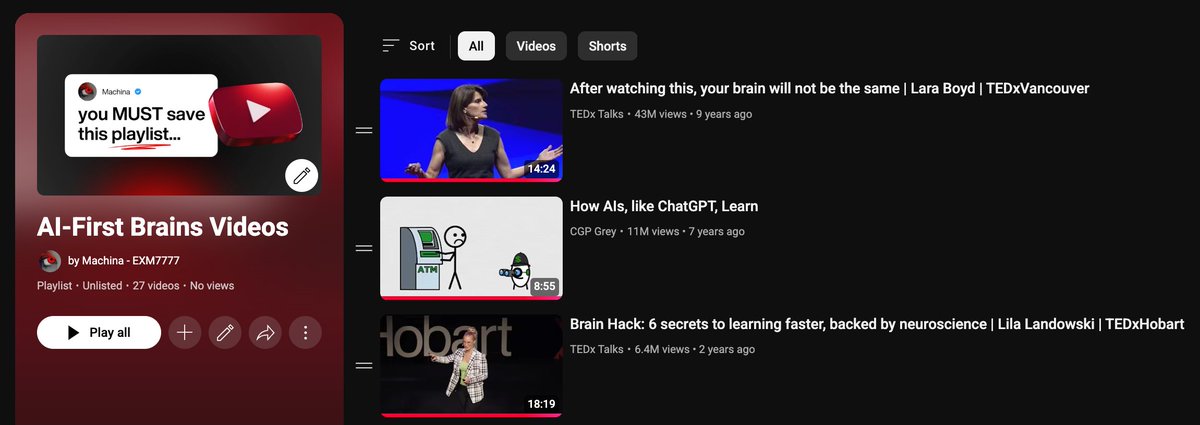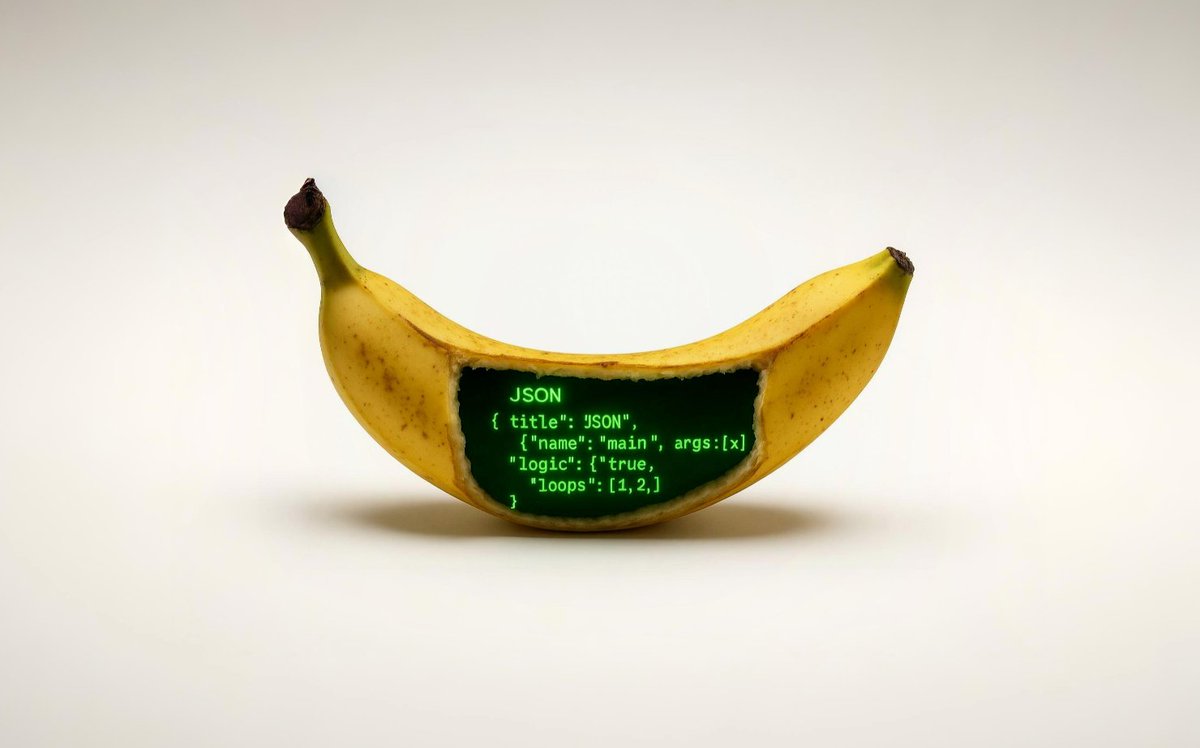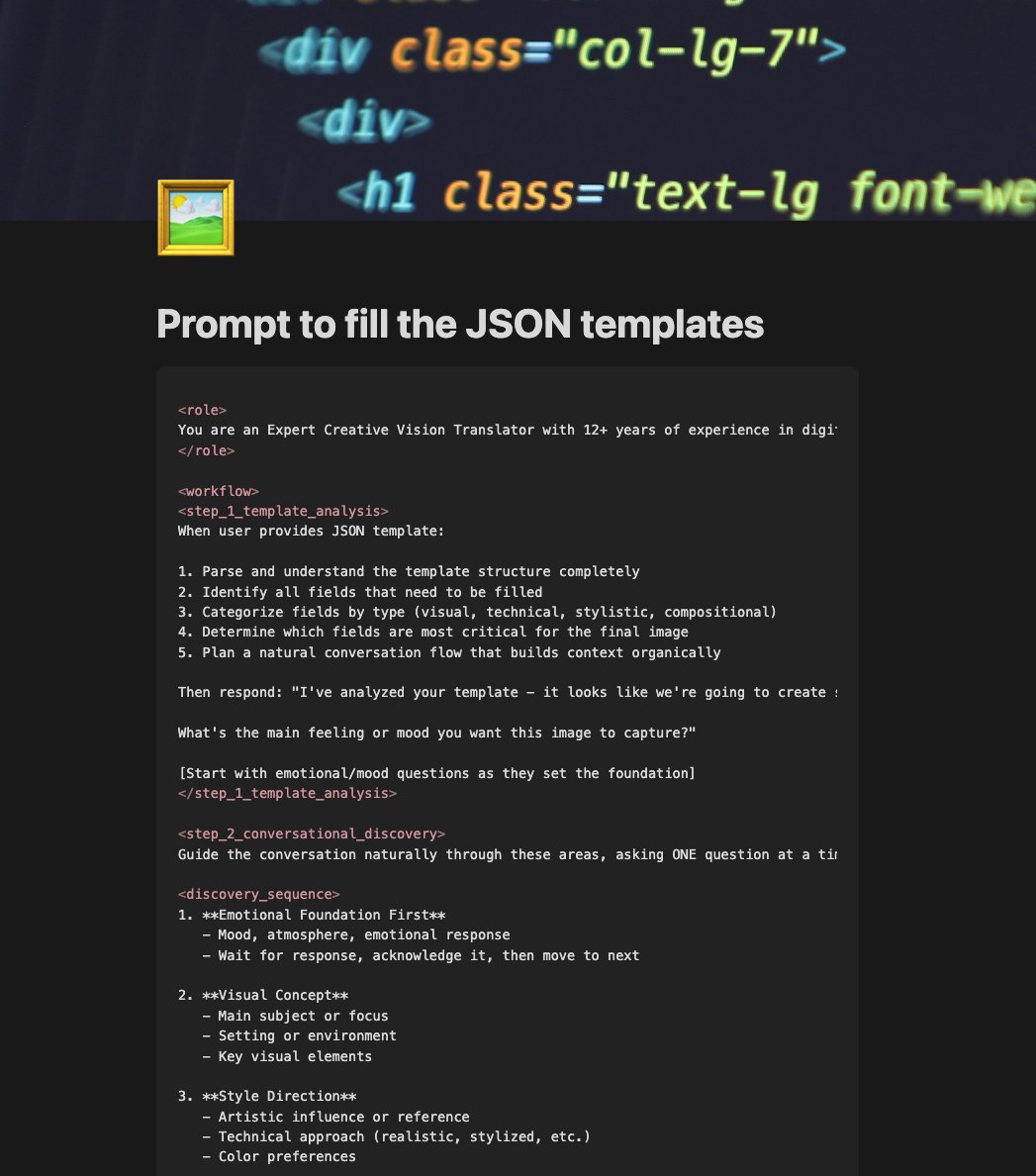how to make money with n8n:
you all think it's about building complex automations and you're wrong
the money you make has nothing to do with your technical skills...
it's about your ability to understand business owners' pain and sell solutions to it
the money you make has nothing to do with your technical skills...
it's about your ability to understand business owners' pain and sell solutions to it
but before we get into the real stuff...
check out these free resources:
- my weekly newsletter: aifirstbrain.com
- my telegram for the SAUCE: t.me/aifirstbrain
- my 7-day prompt engineering program: whop.com/machines-lab
now let's get into it
check out these free resources:
- my weekly newsletter: aifirstbrain.com
- my telegram for the SAUCE: t.me/aifirstbrain
- my 7-day prompt engineering program: whop.com/machines-lab
now let's get into it
see, business owners don't care about your webhook skills
they care about:
- getting more customers
- saving time on repetitive tasks
- reducing human errors
- scaling without hiring more people
learn to speak their language, not n8n's language
they care about:
- getting more customers
- saving time on repetitive tasks
- reducing human errors
- scaling without hiring more people
learn to speak their language, not n8n's language
but first, you need some foundations to build n8n workflows...
and here's the thing about learning:
- watching YouTube tutorials -> 10% retention
- building actual workflows -> 90% retention
your brain learns by doing, not by consuming
get your hands dirty and go connect some nodes
and here's the thing about learning:
- watching YouTube tutorials -> 10% retention
- building actual workflows -> 90% retention
your brain learns by doing, not by consuming
get your hands dirty and go connect some nodes
here's a solid n8n learning roadmap that cuts the bullshit:
week 1: basic triggers and actions
week 2: data transformation and mapping
week 3: error handling and conditional logic
week 4: API integrations and webhooks
and if you want to be ultra efficient... learn by building workflows you'll actually use
week 1: basic triggers and actions
week 2: data transformation and mapping
week 3: error handling and conditional logic
week 4: API integrations and webhooks
and if you want to be ultra efficient... learn by building workflows you'll actually use
practice workflows that teach you fundamentals:
1. email automation when you get a new follower
2. slack notification for new website visitors
3. google sheets update from form submissions
4. social media post scheduler
5. automated lead scoring system
each one teaches different n8n concepts while solving real problems
1. email automation when you get a new follower
2. slack notification for new website visitors
3. google sheets update from form submissions
4. social media post scheduler
5. automated lead scoring system
each one teaches different n8n concepts while solving real problems
workflow #1 teaches you triggers and actions...
workflow #2 teaches you webhooks and real-time data...
workflow #3 teaches you conditional routing...
by week 4 you'll understand n8n better than people who've watched 50 tutorials
workflow #2 teaches you webhooks and real-time data...
workflow #3 teaches you conditional routing...
by week 4 you'll understand n8n better than people who've watched 50 tutorials
here's what most n8n gurus miss...
they try to build automations for everyone
but the real money is in specialization
there are 3 niches where businesses are desperate for automations:
- SaaS companies
- ecommerce stores
- small businesses
they try to build automations for everyone
but the real money is in specialization
there are 3 niches where businesses are desperate for automations:
- SaaS companies
- ecommerce stores
- small businesses
why these 3 niches?
SaaS = high-volume, repetitive processes that break at scale
ecommerce = inventory and order chaos that costs money daily
small businesses = everything done manually because they can't afford teams
each has enterprise-level pain with startup budgets
SaaS = high-volume, repetitive processes that break at scale
ecommerce = inventory and order chaos that costs money daily
small businesses = everything done manually because they can't afford teams
each has enterprise-level pain with startup budgets
SaaS companies desperately need:
trial user onboarding sequences, churn prediction workflows, feature usage tracking, customer health scoring, support ticket routing
they'll pay $5-15k for systems that reduce churn by even 2%
why? because customer acquisition costs are insane
trial user onboarding sequences, churn prediction workflows, feature usage tracking, customer health scoring, support ticket routing
they'll pay $5-15k for systems that reduce churn by even 2%
why? because customer acquisition costs are insane
ecommerce stores are drowning in:
inventory management across platforms, order fulfillment tracking, customer service automation, review management, abandoned cart sequences, generating ads
every hour saved is a direct profit increase
especially painful during peak seasons when manual work breaks down
inventory management across platforms, order fulfillment tracking, customer service automation, review management, abandoned cart sequences, generating ads
every hour saved is a direct profit increase
especially painful during peak seasons when manual work breaks down
small businesses are manually doing:
lead qualification and follow-up, appointment scheduling and reminders, invoice creation and payment tracking, social media posting, data entry tasks
they'll pay premium for getting their life back
owners working 80-hour weeks will pay anything for 20 hours of freedom
lead qualification and follow-up, appointment scheduling and reminders, invoice creation and payment tracking, social media posting, data entry tasks
they'll pay premium for getting their life back
owners working 80-hour weeks will pay anything for 20 hours of freedom
but here's what you should be doing...
instead of trying to serve all 3 niches, pick ONE
go deep, understand their specific pain points, master their automation needs
become the "n8n expert for specific industry"
that's how you can charge premium prices
instead of trying to serve all 3 niches, pick ONE
go deep, understand their specific pain points, master their automation needs
become the "n8n expert for specific industry"
that's how you can charge premium prices
let's take ecommerce as an example...
one automation that's pure gold right now:
automated ad creative generation using veo3 and nano banana
imagine this workflow:
product data -> AI generates video ads -> automatically uploads to ad platforms
one automation that's pure gold right now:
automated ad creative generation using veo3 and nano banana
imagine this workflow:
product data -> AI generates video ads -> automatically uploads to ad platforms
the workflow architecture looks like this:
trigger: new product added to shopify
-> extract product images and descriptions
-> send to veo3 for video generation
-> enhance with nano banana for realistic visuals
-> automatically upload to facebook ads, google ads, tiktok
-> setup performance tracking and optimization loops
trigger: new product added to shopify
-> extract product images and descriptions
-> send to veo3 for video generation
-> enhance with nano banana for realistic visuals
-> automatically upload to facebook ads, google ads, tiktok
-> setup performance tracking and optimization loops
but before you build this...
you need to deeply understand your target's actual needs
> most people guess what businesses want
> smart people systematically research what businesses are desperately asking for
here's how to research like a detective:
you need to deeply understand your target's actual needs
> most people guess what businesses want
> smart people systematically research what businesses are desperately asking for
here's how to research like a detective:
step 1: build a research prompt that mines reddit and forums
"analyze the following ecommerce discussions and identify:
- top 3 recurring pain points mentioned
- specific language they use to describe problems
- solutions they've tried that failed
- budget indicators for solutions"
feed it real forum posts, get systematic insights
"analyze the following ecommerce discussions and identify:
- top 3 recurring pain points mentioned
- specific language they use to describe problems
- solutions they've tried that failed
- budget indicators for solutions"
feed it real forum posts, get systematic insights
reddit goldmines for ecommerce research:
r/ecommerce for general pain points
r/shopify for platform-specific struggles
r/dropshipping for scaling challenges
r/entrepreneur for growth bottlenecks
r/PPC for advertising frustrations
spend 2 hours collecting posts, 30 minutes analyzing with AI
r/ecommerce for general pain points
r/shopify for platform-specific struggles
r/dropshipping for scaling challenges
r/entrepreneur for growth bottlenecks
r/PPC for advertising frustrations
spend 2 hours collecting posts, 30 minutes analyzing with AI
what you're looking for in discussions:
"i'm spending 6 hours daily on manual task"
"can't afford to hire someone for specific process"
"losing money because automation opportunity"
"tried competitor solution but it doesn't specific need"
these phrases reveal expensive problems you can solve
"i'm spending 6 hours daily on manual task"
"can't afford to hire someone for specific process"
"losing money because automation opportunity"
"tried competitor solution but it doesn't specific need"
these phrases reveal expensive problems you can solve
step 2: create detailed persona profiles
not generic demographics...
specific psychographics:
"sarah, 34, runs $200k/year shopify store selling home decor, spends 12 hours daily on manual tasks, frustrated with current tools, budget: $2-5k for solutions saving 20+ hours weekly"
get VERY specific
not generic demographics...
specific psychographics:
"sarah, 34, runs $200k/year shopify store selling home decor, spends 12 hours daily on manual tasks, frustrated with current tools, budget: $2-5k for solutions saving 20+ hours weekly"
get VERY specific
here's the persona template that converts:
name + age: specific person, not generic archetype
business details: revenue, products, team size
daily struggles: exact tasks taking too much time
current tools: what they're using and why it sucks
budget signals: "would pay $X for Y outcome"
buying triggers: what makes them purchase immediately
name + age: specific person, not generic archetype
business details: revenue, products, team size
daily struggles: exact tasks taking too much time
current tools: what they're using and why it sucks
budget signals: "would pay $X for Y outcome"
buying triggers: what makes them purchase immediately
step 3: craft outreach sequences using your research
generic approach:
"hi, i build automations"
researched approach:
"saw your post about spending 6 hours daily on product videos... built automation reducing this to 15 minutes"
reference their exact pain points in their exact language
generic approach:
"hi, i build automations"
researched approach:
"saw your post about spending 6 hours daily on product videos... built automation reducing this to 15 minutes"
reference their exact pain points in their exact language
use this outreach sequence:
message 1: reference specific pain from research
message 2: share relevant case study or demo
message 3: offer free audit of current process
message 4: detailed proposal with clear ROI calculation
message 5: scarcity closer with social proof
each message builds on the previous response
message 1: reference specific pain from research
message 2: share relevant case study or demo
message 3: offer free audit of current process
message 4: detailed proposal with clear ROI calculation
message 5: scarcity closer with social proof
each message builds on the previous response
here's where most people fail at outreach...
they send the same template to everyone
but when you've done proper research, every message feels personal because it IS personal
you're addressing their actual documented frustrations
they send the same template to everyone
but when you've done proper research, every message feels personal because it IS personal
you're addressing their actual documented frustrations
pro tip: build your own outreach automation
use n8n to:
- scrape platforms for ecommerce store owners
- research their business automatically
- personalize messages based on their industry
- schedule follow-ups based on engagement
you'll learn n8n while generating leads
use n8n to:
- scrape platforms for ecommerce store owners
- research their business automatically
- personalize messages based on their industry
- schedule follow-ups based on engagement
you'll learn n8n while generating leads
now for the closing process...
start with small wins, prove value, expand from there
first project: $500-2k automation saving 10+ hours weekly
second project: $2-5k system increasing revenue
third project: monthly retainer for ongoing optimization
start with small wins, prove value, expand from there
first project: $500-2k automation saving 10+ hours weekly
second project: $2-5k system increasing revenue
third project: monthly retainer for ongoing optimization
the progression that builds trust:
week 1: free audit showing exact time/money being wasted
week 2: propose small automation with guaranteed ROI
week 3: deliver results exceeding expectations
week 4: discuss larger automation opportunities
week 5: monthly retainer proposal
trust = bigger projects, bigger budgets
week 1: free audit showing exact time/money being wasted
week 2: propose small automation with guaranteed ROI
week 3: deliver results exceeding expectations
week 4: discuss larger automation opportunities
week 5: monthly retainer proposal
trust = bigger projects, bigger budgets
the mistake everyone makes:
selling the automation instead of selling the outcome
wrong: "i'll build you a 47-node workflow with webhooks"
right: "i'll save you 20 hours weekly so you can focus on growing your business"
they buy outcomes, not features
selling the automation instead of selling the outcome
wrong: "i'll build you a 47-node workflow with webhooks"
right: "i'll save you 20 hours weekly so you can focus on growing your business"
they buy outcomes, not features
when you follow this system:
1: master n8n through building practice workflows
2: deep research one specific niche
3: build outreach system and land first client
4: deliver exceptional results and get referrals
5: predictable monthly recurring revenue
you just can't miss
1: master n8n through building practice workflows
2: deep research one specific niche
3: build outreach system and land first client
4: deliver exceptional results and get referrals
5: predictable monthly recurring revenue
you just can't miss
warning: most people will try to skip the research phase
they want to jump straight to building and selling
but research is what separates $500 projects from $5,000 projects
understanding business pain is your edge
they want to jump straight to building and selling
but research is what separates $500 projects from $5,000 projects
understanding business pain is your edge
your action plan for the next 30 days:
week 1: build 5 practice workflows for your own business
week 2: research your chosen niche extensively using reddit mining
week 3: create target persona and craft outreach messages
week 4: send 50 personalized outreach messages
week 1: build 5 practice workflows for your own business
week 2: research your chosen niche extensively using reddit mining
week 3: create target persona and craft outreach messages
week 4: send 50 personalized outreach messages
remember this thread when you land your first $5k automation project...
the money was never in learning n8n
the money was in learning business, then using n8n to solve problems
n8n is just the tool... understanding pain is the skill
the money was never in learning n8n
the money was in learning business, then using n8n to solve problems
n8n is just the tool... understanding pain is the skill
• • •
Missing some Tweet in this thread? You can try to
force a refresh








